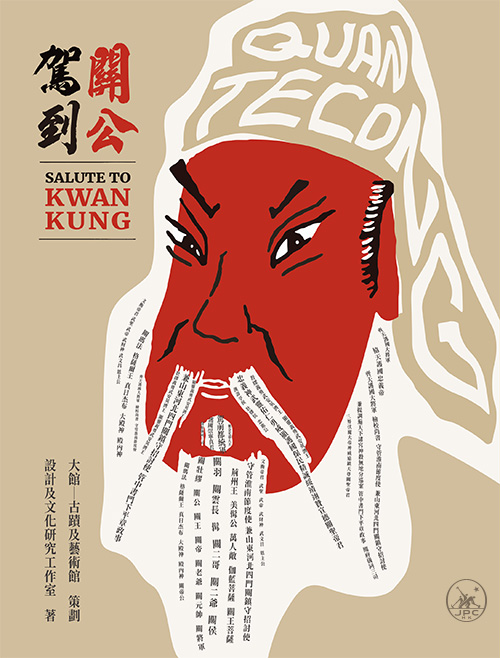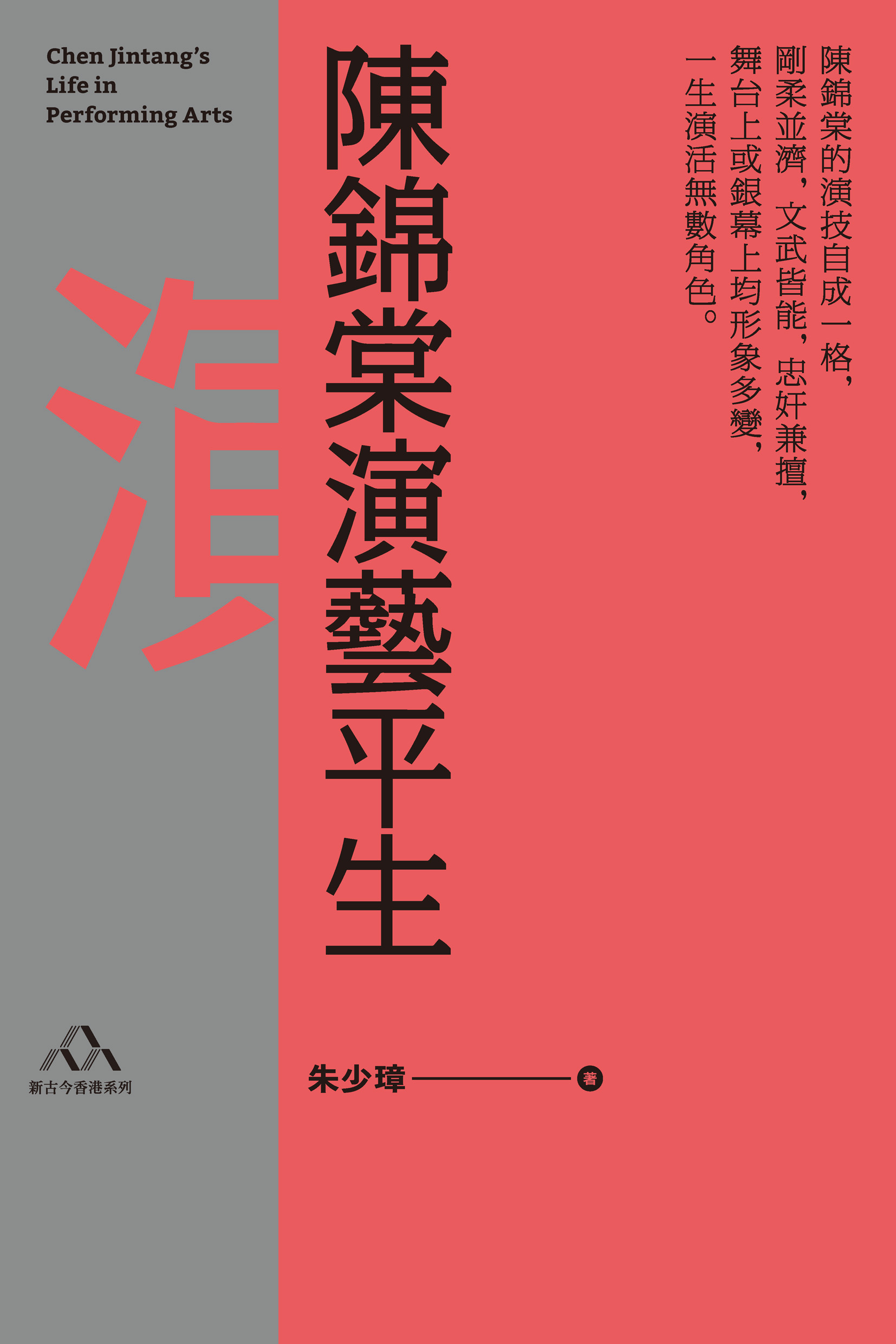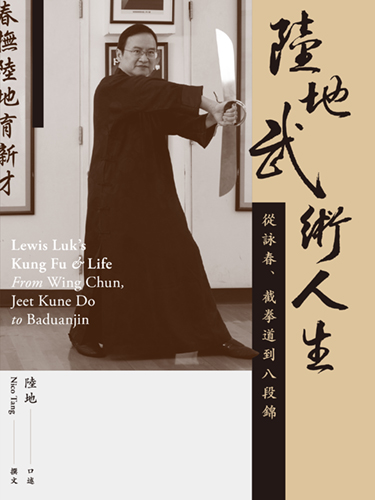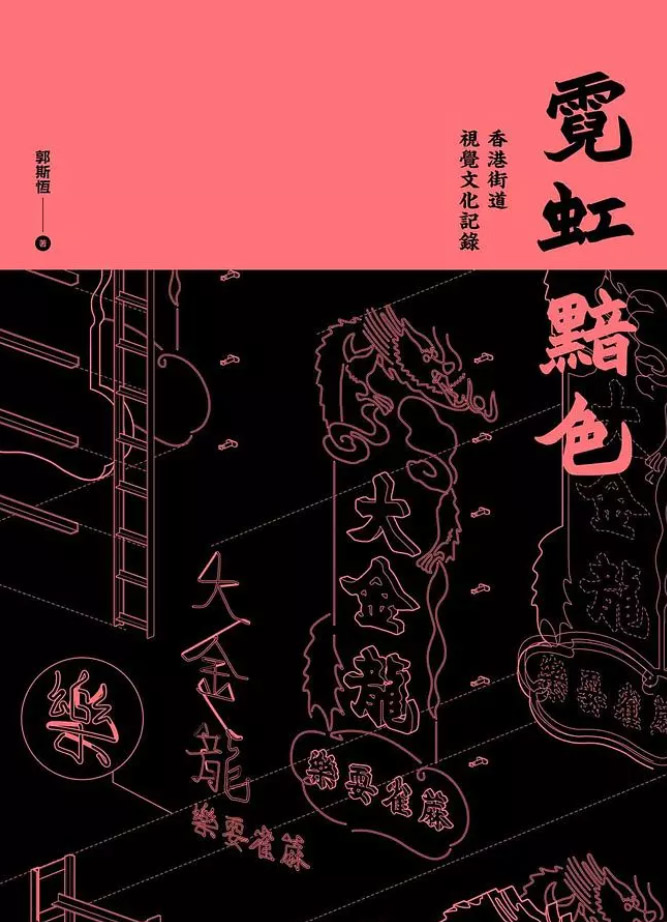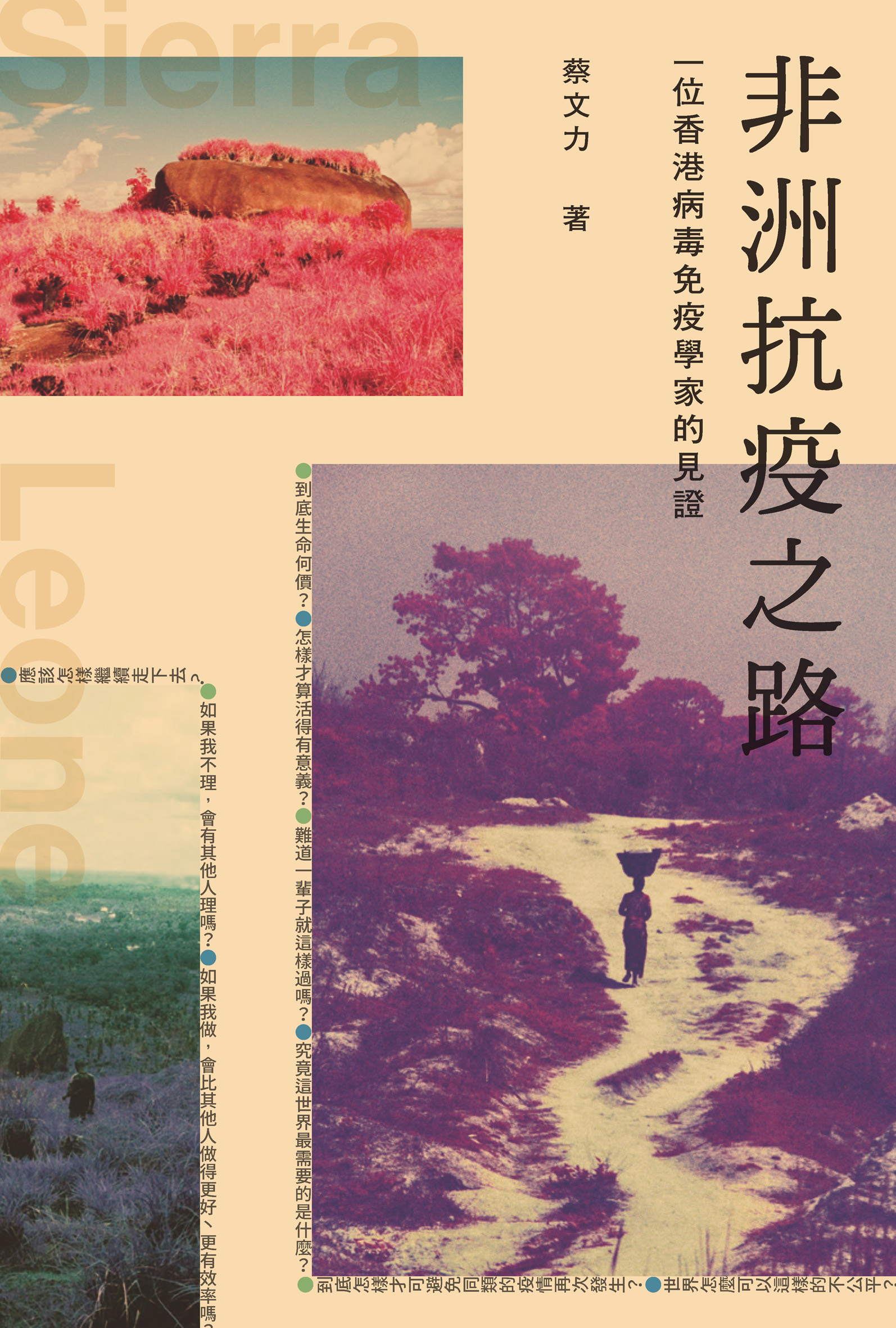e-Book List
e-Book
This book is a memoir and record of the author's interactions with a group of cultural figures in Hong Kong. Through detailed recollections and depictions of their individual personalities and history, the book not only vividly illustrates the development of Hong Kong's post-war cultural scene, but also presents many "insider" stories that are not found in existing literature, such as the process of editing books and magazines, the origins of pen names, and their conflicts with people. The book is rich in content and well-written, making it an important source of information for researchers of Hong Kong's literary scene, as well as a fascinating read for general readers. The book is divided into two parts: the first half, "Teacher and Friend Relationships," recalls the author's experiences with his teachers and friends, including Luren, Chen Ji, Wu Qimin, Luo Fu, Yan Qingshu, An Zijie, Jiang Chunfang, Li Yaomin, Xiao Qian, Xu Xu, Lin Niantong, Huang Jichi, Ma Guoquan, Qin Mu, Huang Qiuyun, Qian Zhongshu, Yang Jiang, and Shu Xiangcheng; the second half, "Looking Back at History," tells the stories of the author's cultural predecessors, such as Liao Anxiang, Pan Zhu, Huang Lengguan, Pan Dami, and Chen Lukui.
- AuthorChien Tu
- PublisherJoint Publishing
- Publication Date2015
"Han people worshipped marquises. Song people worshipped kings. Ming people worshipped emperors. Confucianism calls them saints. Buddhism calls them Buddhas, Taoism calls them celestial beings." As a figure of the Three Kingdoms period, why did Guan Yu get promoted all the way after his death and become King Guan, who was respected by the people and even the emperor? How much of his story is true and how much is fictional? Is his face really red? What is the significance of his appearance in novels, operas, and even movies? Why do both law enforcers and triad gangs worship him? How did a general become the god of wealth and still sit in restaurants and tea houses today? This book reviews China's most classic "god-making" story from three angles: history, art, and life.
- AuthorChiu Kwong-chiu’s team
- PublisherJoint Publishing
- Publication Date2019
- Preview
Chan Kam Tong, a famous Cantonese opera artist known as the "Wu Zhuangyuan," had a unique acting style, combining softness and strength, and excelling in both civil and military roles. Chan had been active in the performing arts industry for nearly a century, and was one of the few veteran actors who had both "Red Boat" and "Painted Boat" experiences. The famous troupe "Jin Tianhua" founded by Chan and his wife, performed many classic plays, leaving a brilliant page in the history of Cantonese opera in the last century. Based on a large amount of graphic and textual materials, and with reference to the precious memories of Chan's family and fellow students, this book recounts Chan Kam Tong's lifelong career in the performing arts, leaving a more comprehensive and in-depth record for the famous actor.
- AuthorChu Siu-cheung
- PublisherJoint Publishing
- Publication Date2018
Ip Man, the grandmaster of the school of martial art known as Wing Chun, promoted the martial art in Hong Kong and had many students. The protagonist of this book, Dr Lewis Luk Tei, became a disciple of Ip Man's students, Huang Chunliang and Ip Ching, and inherited the orthodox Wing Chun. He also had the opportunity to learn Jeet Kune Do from Bruce Lee's disciple, Wong Kin Ming. Bruce Lee was a disciple of Ip Man, and Wing Chun was an important part of the creation of Jeet Kune Do. Dr. Luk combined the essence of both Wing Chun and Jeet Kune Do, which was rarely done, and he also learned Yijinjing Bah Duan Jin from the Shaolin monk Shi Yanwang. He was well-rounded in both internal and external martial arts, and his experience and insights are valuable. This book describes Dr. Luk's martial arts life, including learning martial arts in his youth, the culture of martial arts schools in the old days, his experiences and insights in technique and spirit, as well as how he, as a teacher, pass on the martial arts culture to future generations.
- AuthorLewis Luk Tei
- PublisherJoint Publishing
- Publication Date
- Preview
"Neon Darkness" is one of the neon sign research projects by the Information Design Lab of the School of Design, the Hong Kong Polytechnic University. The research began in August 2015. The research team walked from Tsim Sha Tsui to Prince Edward, passing through Jordan, Yau Ma Tei, and Mong Kok, covering 15 main roads and more than 40 streets. In addition, the research team also went to places such as Wan Chai, Causeway Bay, Tsuen Wan, Sham Shui Po, and Sai Kung, documenting more than 500 neon signs. The team used photography to record neon signs that have not yet been dismantled, allowing readers to glimpse the visual culture and local aesthetic characteristics of various industries, and thus understand how signs construct Hong Kong's street imagery and consumer culture. The book focuses on analyzing the visual aesthetics of existing neon signs, and the Hong Kong consumer culture that has emerged from them. It also brings out the changes in consumption patterns in each district, and explore how neon signs enrich our city's streetscape and sustain our collective memories.
- AuthorBrian Kwok
- PublisherJoint Publishing
- Publication Date2018
"When SARS (Severe Acute Respiratory Syndrome) broke out in Hong Kong in 2003, many medical personnel were infected and the situation was dire. I once wanted to volunteer, but the people around me responded with objections and ridicule, and I never had the chance to offer my help. So I promised myself that if the world ever needed me again, I would step forward." – Edward Choi Man-lik. In 2015, Africa suffered the largest outbreak of Ebola in history. Edward Choi, an immunologist, kept his promise and went to Sierra Leone to become a frontline volunteer conducting tests on the virus. He never thought that this trip would become a turning point in his life. In the following days, not only did he help fight the epidemic, but also founded different charitable organizations to assist amputees affected by the civil war in the 1990s. In 2019, he even went to the dangerous Congo war zone to coordinate clinical trials of the Ebola vaccine. In this book, Choi describes his experiences over the past five years, which include not only disappointment, sadness, and anger, but also moments when the brilliance of human nature shine. These feelings are not only from the author, but also from the people living on this land in Africa. In a sense, Choi has also changed from a "giver" to a "receiver". The discussion of the meaning of life has become less abstract through these experiences. And all of this is written by the author with sincere and moving language, bringing hope and courage to readers.
- AuthorEdward Choi Man-lik
- PublisherJoint Publishing
- Publication Date2020



